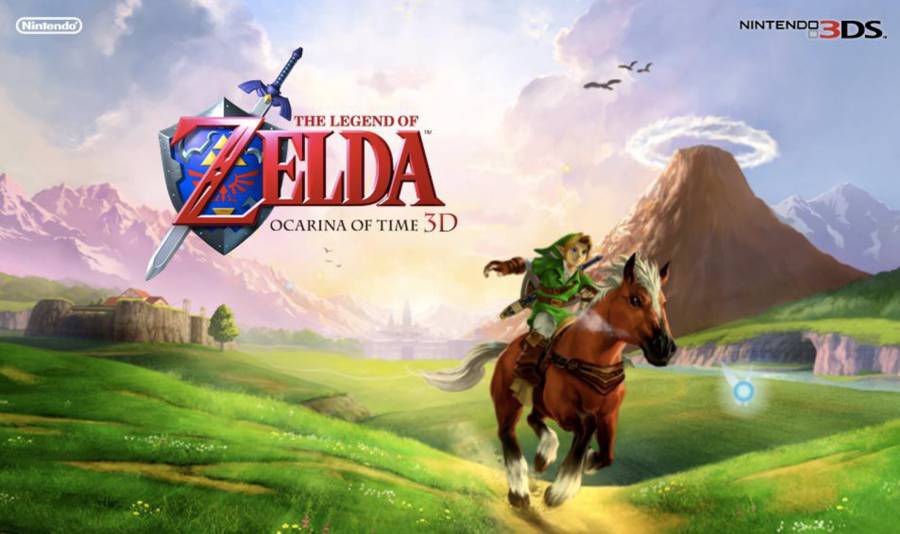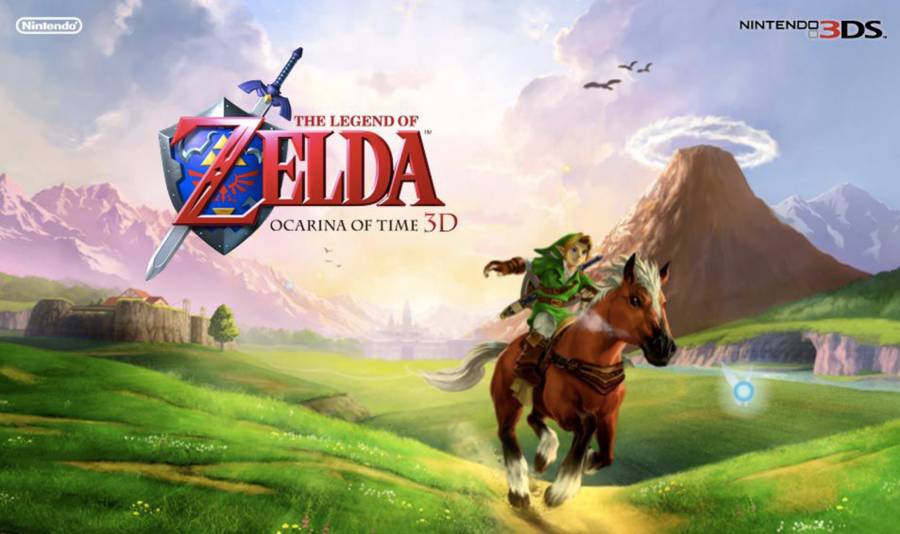

If you have an interest in playing PC games that were made at least in the past couple of years, you’ve probably seen the serious video demands these games now have. It’s not only that you need a fast system that can handle all of the information in today’s games, but you need a major performance video card to handle computer game video too.
For some weird reason, the video demands of these games have far surpassed everything else. If you’re even looking at the idea of playing today’s PC games, you probably have no interest in turning down the resolution and graphics quality in the game so you can play it on an okay system. If you want to play these games the way they were intended, you’ll need some serious computer game video processing power.
Other parts of the game, like sound and hard drive space aren’t really a concern anymore because most people’s hard drives are getting bigger, (or they run the game off a DVD) and most PC sound cards seem to be all about on the same level. It seems the average is 5.1 channels anyway.
But the problem starts when you go look at the types of cards out there to choose from, the kind of card that you can even get comes down to how your PC was built from the beginning.
PCI express is the new standard for PC video, but many hardware authorities are still saying that there aren’t really any games or programs out there that use the super data transfer speeds that it has.
Of course, in time, this will change, so it really comes down to a short/long-term investment question: Do you want a machine that will tear up the high-end games for years to come, or upwards of the next year and a half? If you want to go with the former, you’ll have to pay out a little. Also, if you want a PCI express card, you had to have either started with a motherboard with this kind of socket on it, or you have to look at swapping out your board.
Most people for now are still going to fit into the AGP 8X category. AGP has been used for years up until fairly recently, when systems all started coming with PCI express instead. You should make sure you get your hands on at least a good AGP 8X video card with lots of video memory (256 megs) and you won’t know the difference.
The big feuding video card brands have been ATI and nVidia for some time now, although nVidia is now basically leasing out their GeForce chipsets to other manufacturers, like Chaintech. For a while, it’s really been a toss-up as to which brand is better, the cheap level cards are going to all be the same across brands. According to recent reviews, however, ATI’s newest top-level Radeon X800 series card is supposed to be better than nVidia’s most recently released high-end card.
But rather than deal with the hassle of matching up video card socket types and worrying if what you’ve got will stay current, you might want to just go with one of the high-end system builders out there. Alienware is one of the most widely known ones; their systems are some of the fastest and most powerful on the market. Having your system already put together is one advantage, but Alienware tests different motherboard and video card combinations to find the optimal configuration for gaming.
By paying a little careful attention to brand names, video memory, price, and how they all fit together with your unique needs, you can get a system that can handle some serious computer game video for any game you throw its way.
Phil Moyers, owner of Build-Your-Own-Computer-Plan.com shows computer novices how to save a ton of money by putting together fast, high performance PC’s of their own with handpicked, quality parts. Learn more about meeting computer game video demands.




 Mass Effect 3 Planet Salvage, Intel, Artifacts And War Assets Guide
Mass Effect 3 Planet Salvage, Intel, Artifacts And War Assets Guide Hideki Kamiya Interview: Wonderful 101, the Bayonetta 2 controversy, his Twitter account and more...
Hideki Kamiya Interview: Wonderful 101, the Bayonetta 2 controversy, his Twitter account and more... . Plays June 3, 2012
. Plays June 3, 2012 Fieldrunners 2 Very addictive
Fieldrunners 2 Very addictive Zelda OoT 3D The Great Deku Tree Guide
Zelda OoT 3D The Great Deku Tree Guide